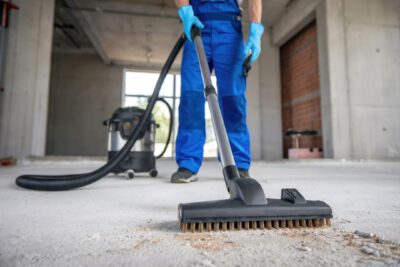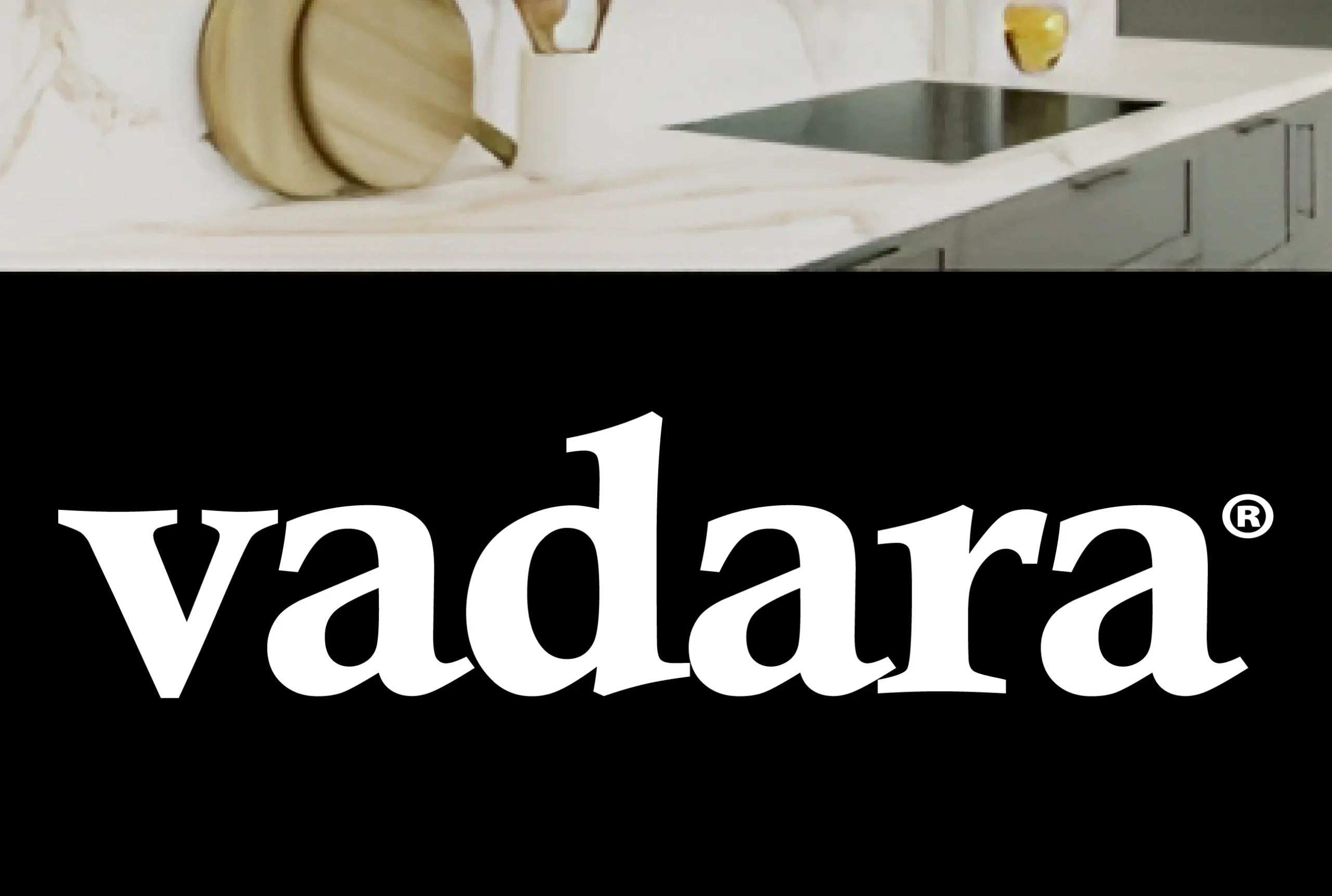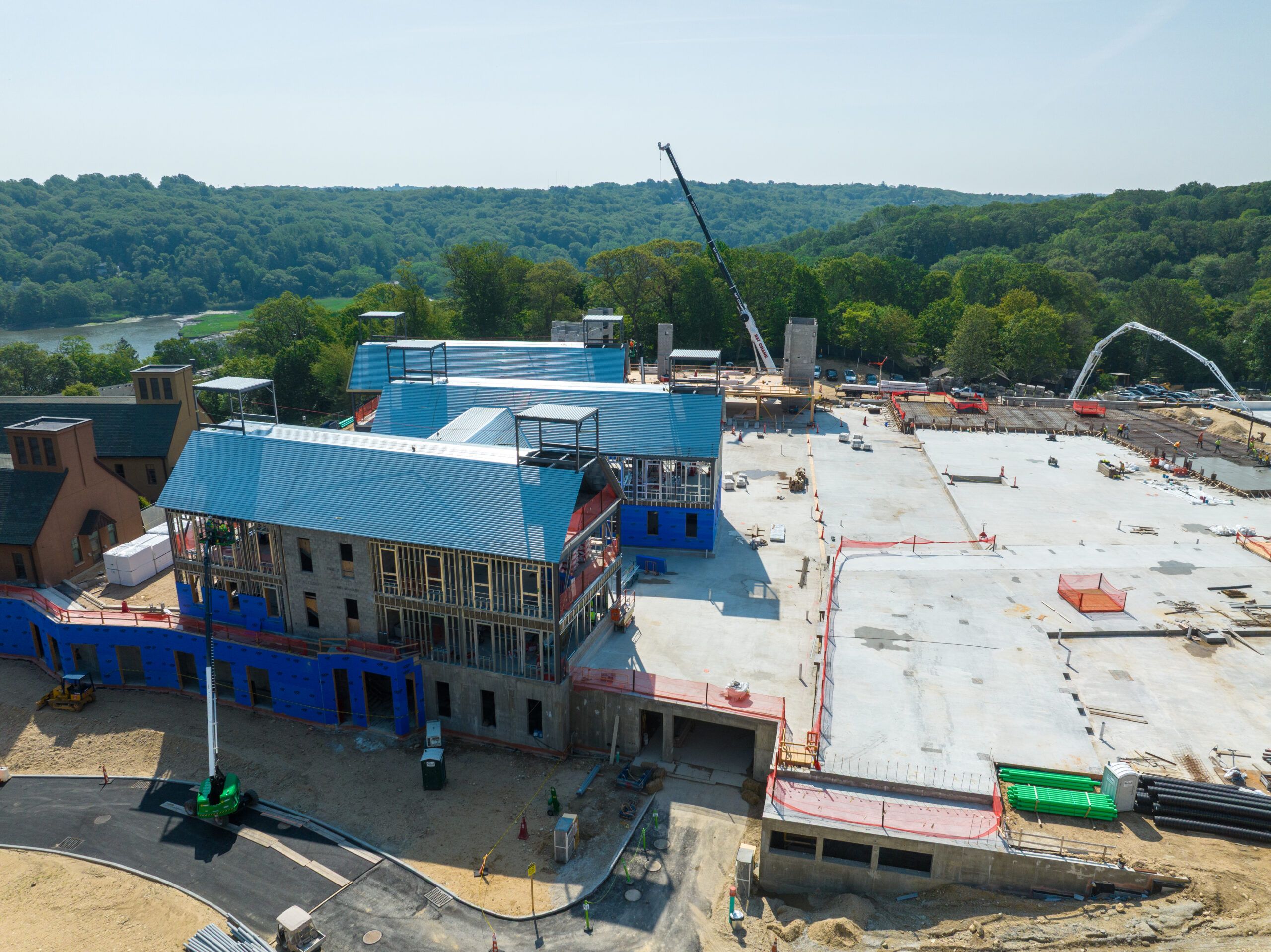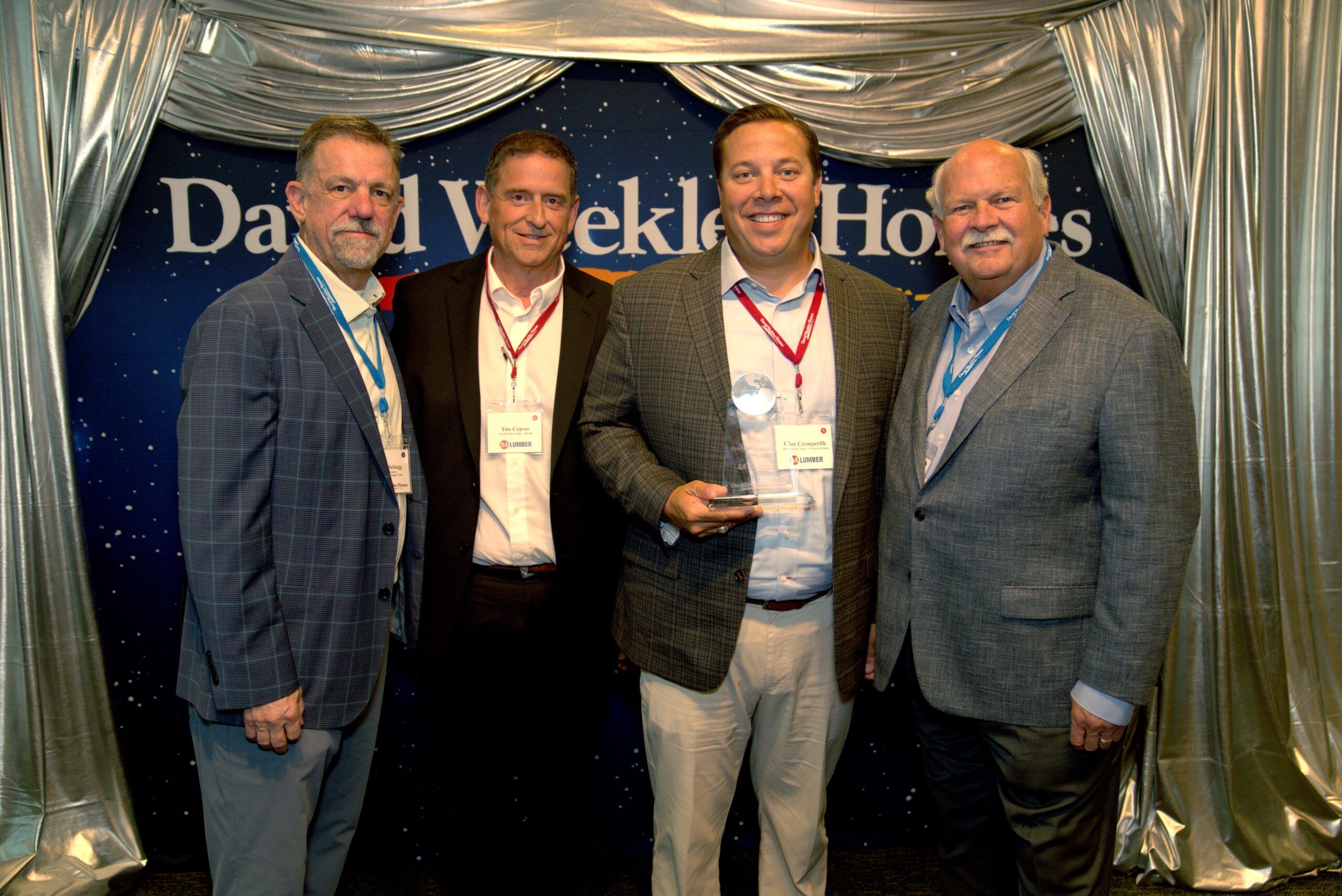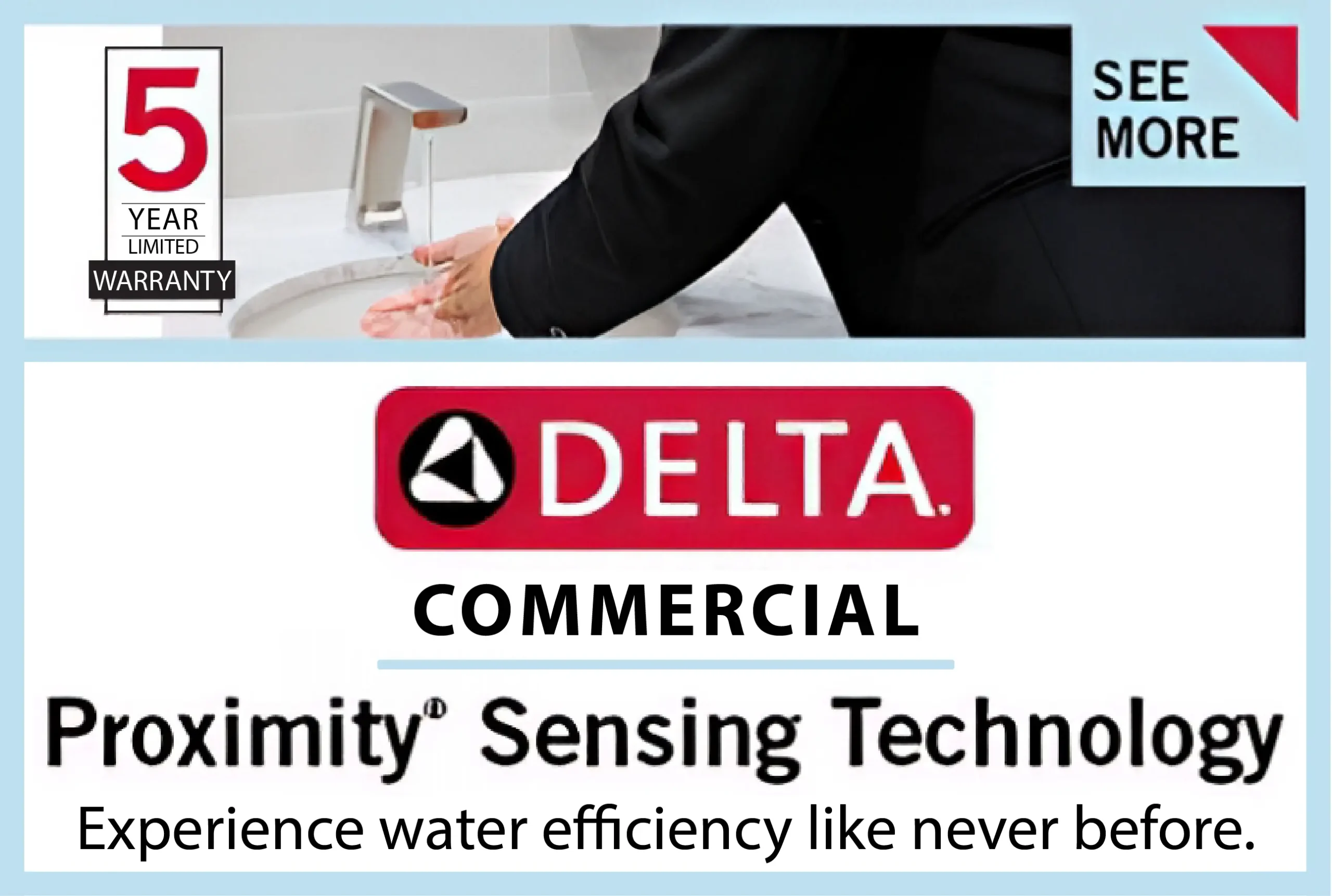Managing a construction project involves numerous responsibilities, from coordinating contractors to meeting timelines. One critical yet often overlooked aspect is maintaining cleanliness throughout the construction phase. A well-structured commercial cleaning checklist ensures a safe, organized, and professional environment, reducing hazards and enhancing efficiency.
Here’s the commercial cleaning checklist that property managers should consider during construction projects.
Pre-Construction Cleaning Preparation
Before construction begins, property managers should establish a cleaning plan to mitigate dust, debris, and potential hazards. Partnering with professionals specializing in corporate cleaning solutions can be an excellent idea, as they can help streamline the cleaning process and ensure compliance with industry standards.
With the help of these cleaning experts, property managers can successfully implement pre-construction cleaning preparation strategies to reduce hazards. These include:
Site Assessment and Zoning
A thorough site assessment evaluates key areas such as entryways, corridors, and workspaces to determine cleaning priorities. By zoning the site, such as separating high-traffic, storage, and work areas, cleaning teams can focus efficiently, minimizing dust spread and contamination risks while optimizing resource allocation for consistent cleanliness.
Protective Measures Installation
Protective coverings, including durable floor mats, heavy-duty plastic sheeting, sturdy temporary barriers, shield floors, walls, and fixtures from dust, scratches, and stains. Using industrial-grade materials can also ensure longevity under heavy construction traffic. This can help preserve finished surfaces while simplifying post-project cleanup and reducing maintenance costs.
Waste Management Plan
A well-organized waste management plan segregates recyclables, hazardous waste, and general debris into clearly labeled, strategically placed bins. This system can enhance worksite safety, streamline cleanup, and ensure compliance with environmental regulations while reducing contamination risks and supporting sustainable construction practices through proper material sorting and disposal.
Daily Cleaning Tasks During Construction
Daily maintenance is essential to uphold safety and cleanliness standards. These tasks include:
Dust and Debris Removal
Construction dust contains fine particles that can trigger respiratory issues and compromise air quality. Implementing advanced cleaning technologies and daily cleaning protocols, such as HEPA-filter vacuuming to capture micro-particles, wet sweeping to suppress airborne dust, and damp-wiping surfaces, can help maintain a healthier environment while reducing slip hazards and equipment damage.
High-Traffic Area Maintenance
High-traffic zones like entryways and corridors can rapidly accumulate dirt, creating safety and image concerns. Daily damp mopping can help remove grime, while hospital-grade disinfectants address germs, combining slip prevention with hygienic upkeep. This dual approach can preserve tenant confidence and meet the commercial cleanliness standards expected in professional environments.
Restroom and Break Area Sanitization
Temporary facilities like portable restrooms and break zones can harbor germs rapidly without daily deep-cleaning. Disinfecting high-touch surfaces, replenishing soap/sanitizer supplies, and ensuring proper waste removal can help maintain OSHA-compliant hygiene standards while demonstrating duty of care for worker welfare and regulatory adherence on active job sites.
Weekly Deep Cleaning Procedures
While daily cleaning addresses immediate needs, weekly deep cleaning maintains long-term cleanliness. Below are some weekly deep cleaning procedures:
Ventilation and Duct Cleaning
Construction debris clogs HVAC systems, forcing mechanical strain while circulating contaminated air. Certified duct cleaning can help remove particulate buildup from vents and filters, restoring optimal airflow to protect respiratory health, lower energy costs, and prevent premature system failure in post-construction occupancy.
Window and Glass Cleaning
Construction grime on glass can create hazy obstructions that compromise architectural appeal and daylight optimization. Professional window cleaning using squeegees and ammonia-free solutions can help eliminate streaks and residue, restoring pristine transparency for optimal light transmission and maintaining the property’s market-ready visual standards throughout the project lifecycle.
Floor Stripping and Waxing (If Applicable)
Polished floors suffer microscopic abrasions from construction grit, causing premature dullness. Professional stripping can remove embedded contaminants before fresh wax layers are applied, creating a protective seal that restores slip-resistant luster while shielding surfaces from heavy, specialized equipment marks and particulate erosion during ongoing construction projects.
Post-Construction Final Cleaning
Once construction concludes, a comprehensive final cleaning prepares the space for occupancy. Some tips include:

Thorough Dust Elimination
Post-construction surfaces can trap fine particulate matter that standard industrial cleaning misses. Electrostatic dusters attract hidden debris while microfiber cloths capture allergens without scattering dust, achieving hospital-grade cleanliness on vertical surfaces and overhead fixtures to meet post-renovation indoor air quality standards before tenant preoccupancy.
Carpet and Upholstery Cleaning
Construction pollutants can deeply penetrate soft furnishings, requiring more than surface cleaning. Truck-mounted steam cleaning injects 250°F water with eco-friendly solutions, extracting embedded silica dust, drywall particles, and allergens while killing mold/bacteria.
Final Inspection and Touch-Ups
A collaborative final inspection with all stakeholders systematically verifies cleanliness benchmarks through daylight audits and touch inspections. Documenting and rectifying overlooked areas, from ceiling corners to baseboard gaps, can guarantee flawless turnover while preventing costly callback cleaning after tenant move-in.
Final Thoughts
A structured commercial cleaning checklist is indispensable for property managers overseeing construction projects. From pre-construction preparation to final detailing, professional cleaning services enhance safety, efficiency, and tenant satisfaction. By keeping the information mentioned above in mind, property managers can guarantee a spotless and hazard-free and healthy environment. Prioritizing cleanliness can help protect the property and reinforce a professional reputation.




